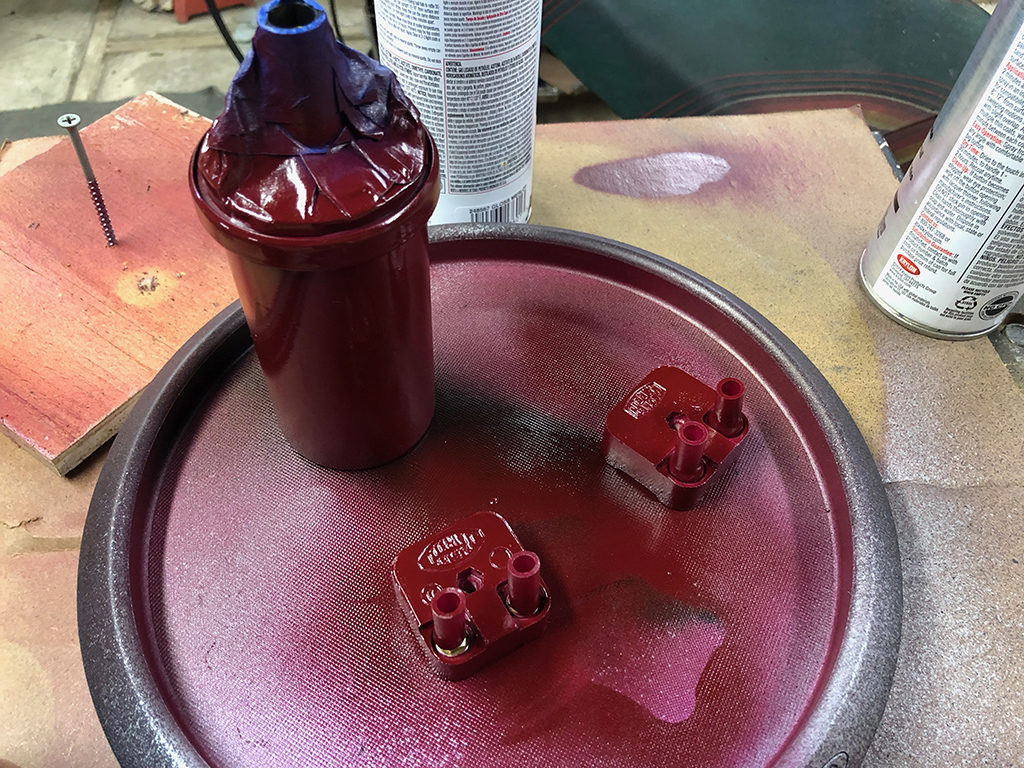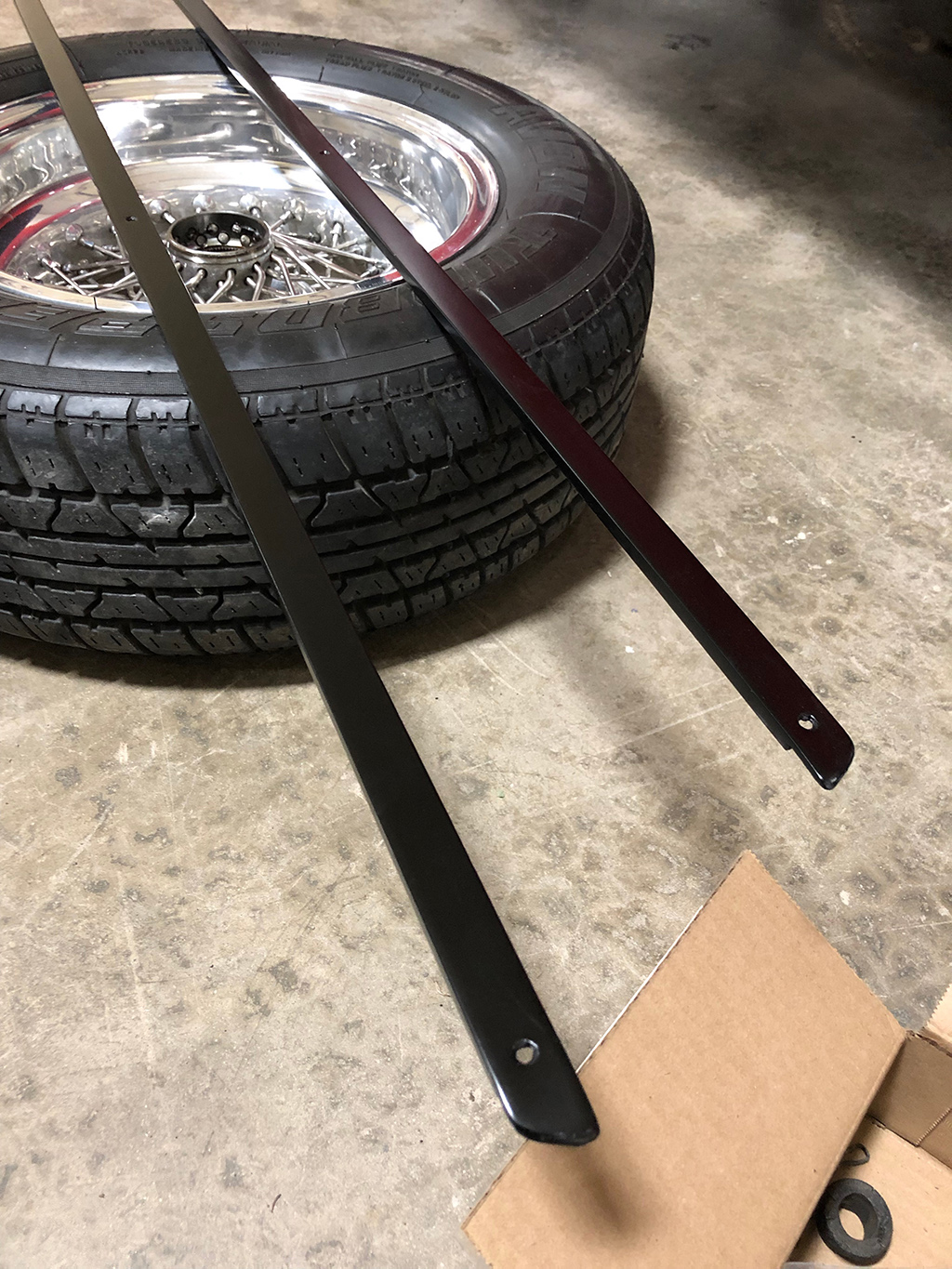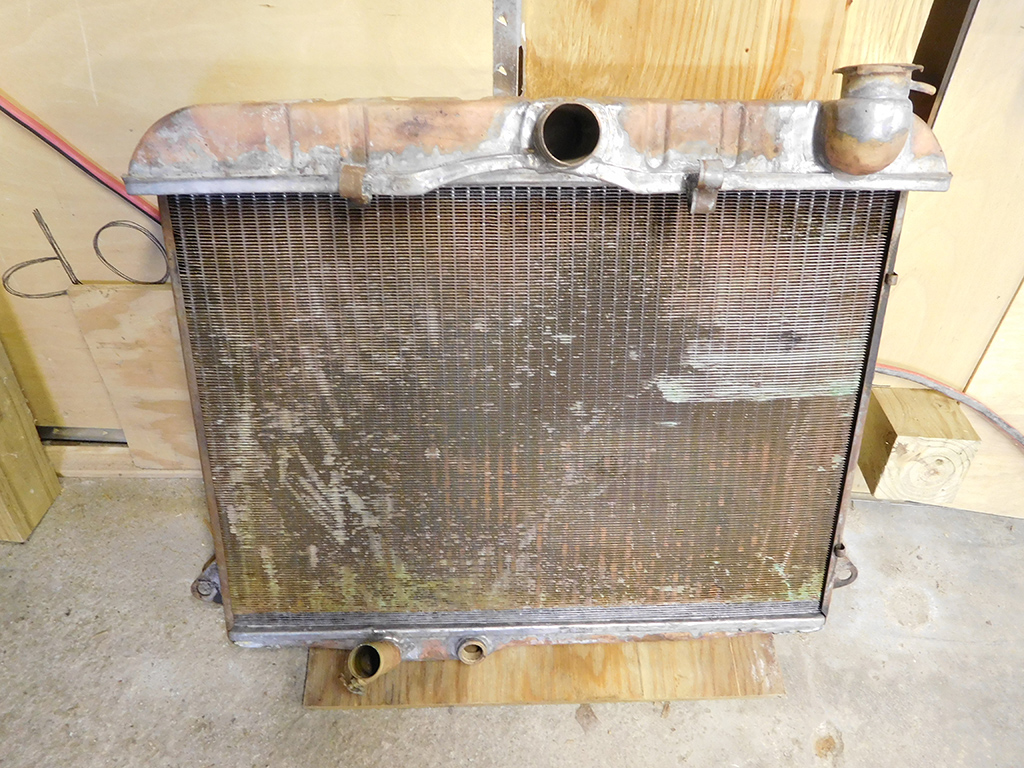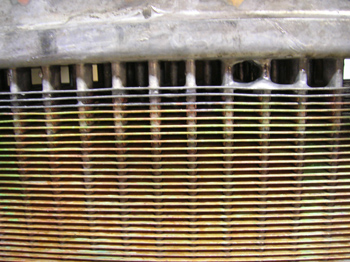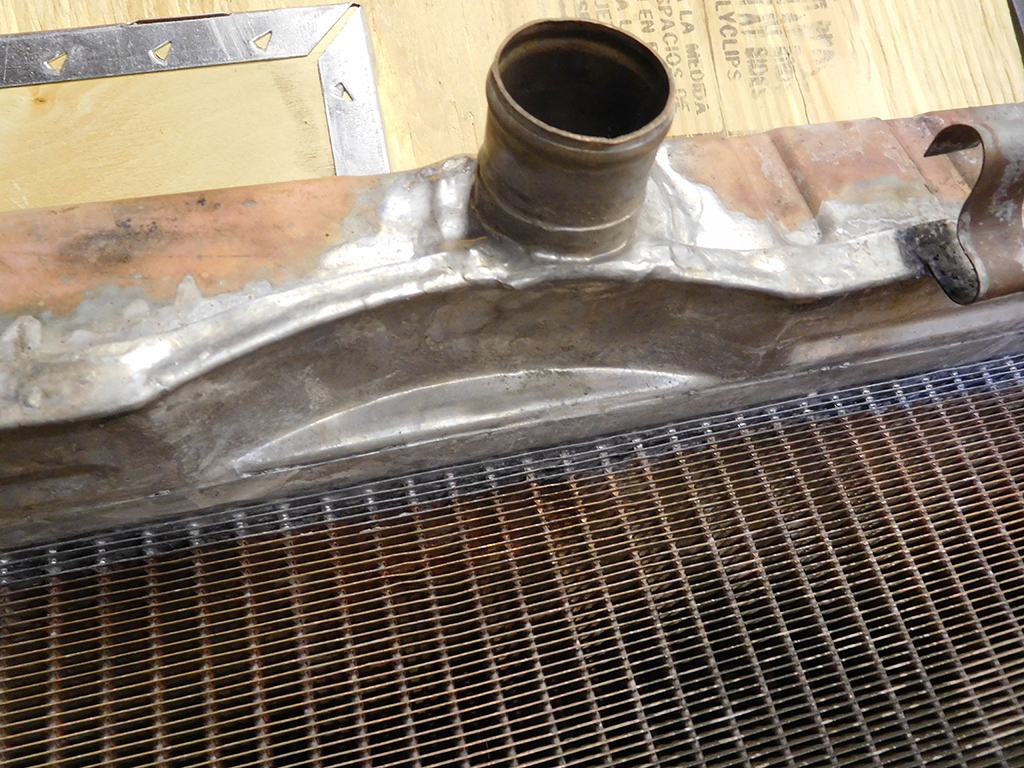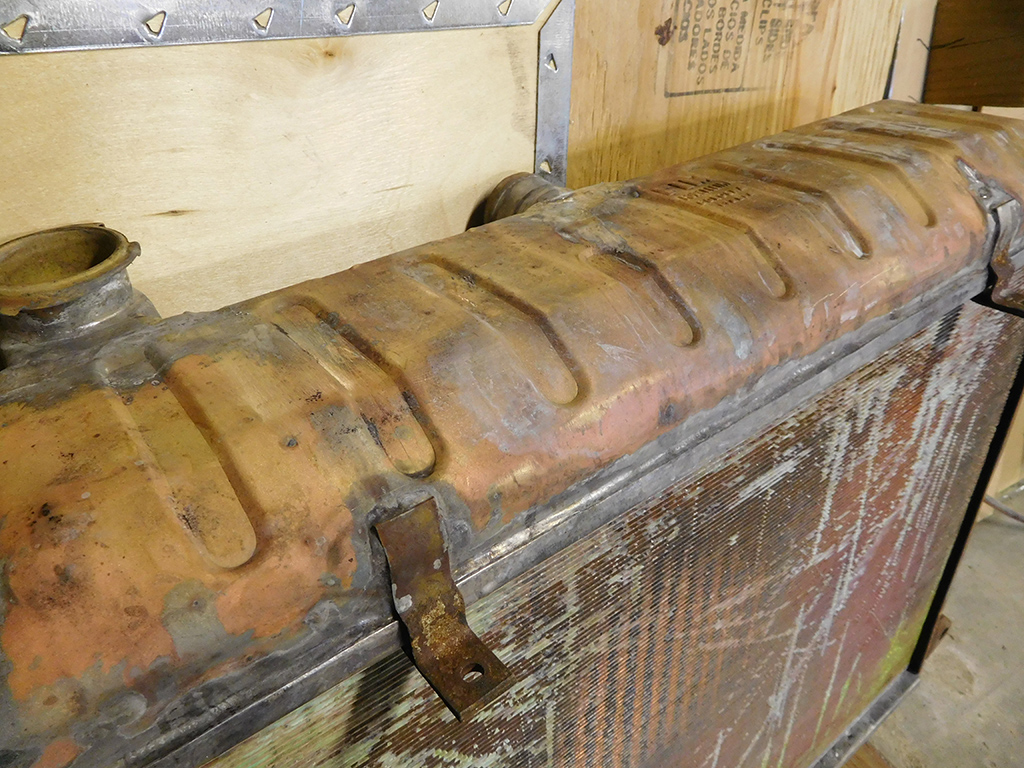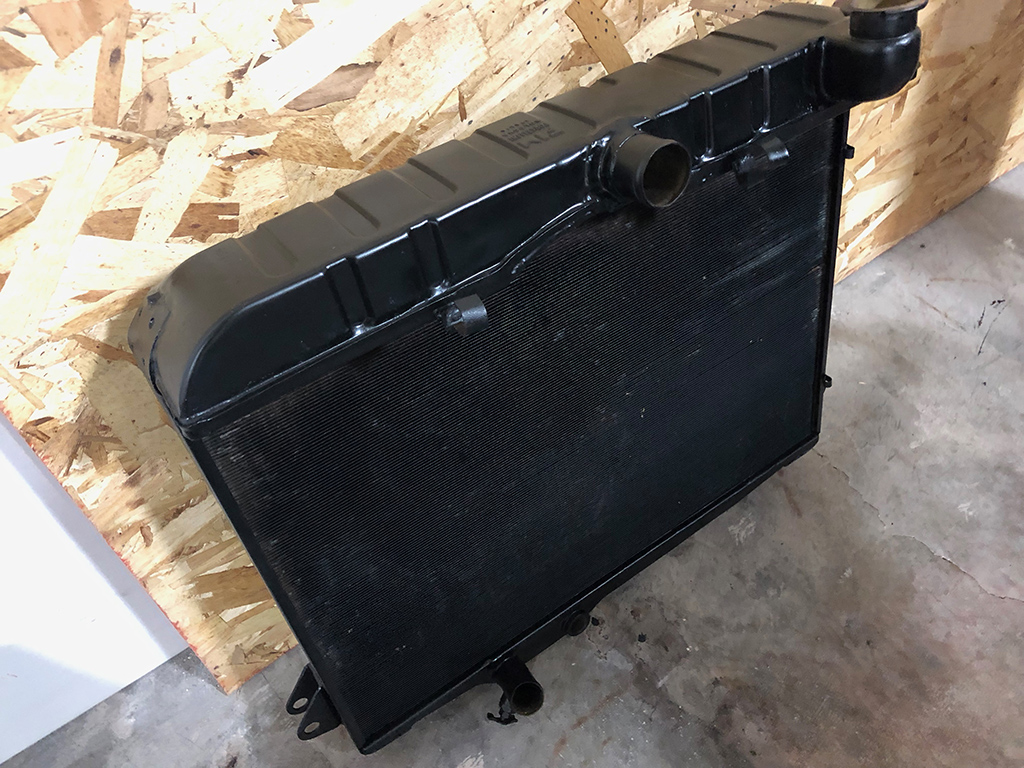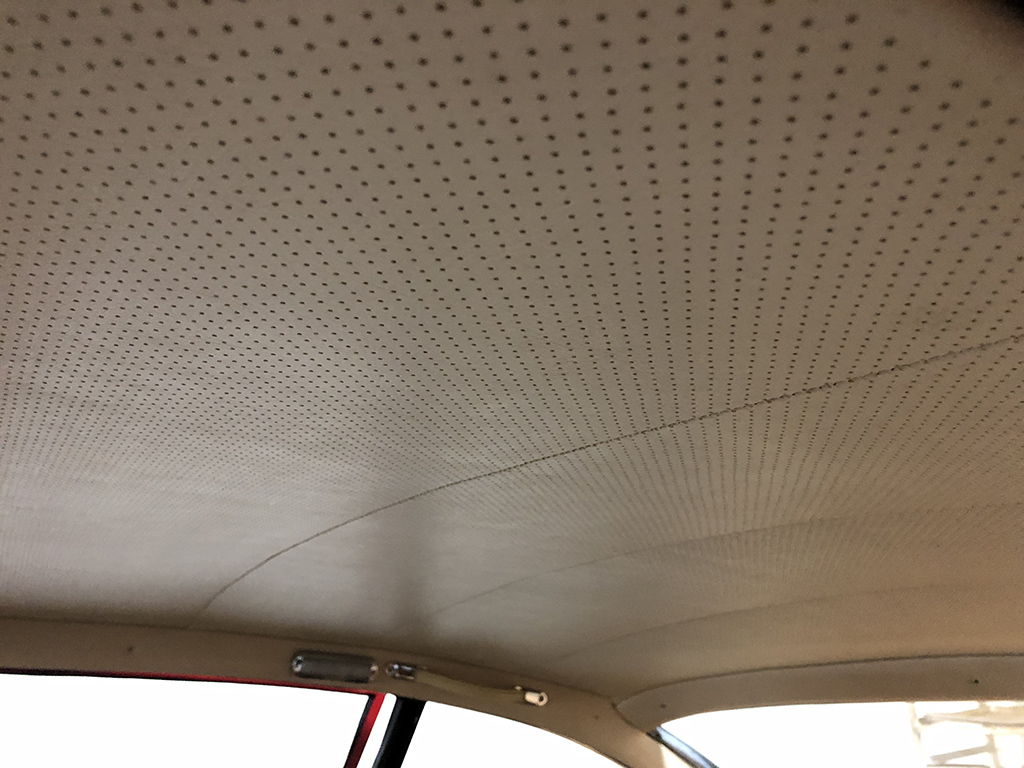Knocking off the Details on a SI 330
I’ve been fixing a lot of little details on the list of incorrect things on this 330 I have at my shop. Some details are crucial to the operation of this car like the previous repairs to the steering box and tie rod ends, but there are a bunch of things that were simply painted or plated incorrectly. Some owners like the knowledge that their cars are nearly perfect, and although they may not show their cars at a National Ferrari Show, they’ll know it was how the car left the factory. I see a lot of restored Ferraris done by many shops all over the world, and many of them are restored to a very nice level, but it’s the little details they get wrong. If a really good shop is knowledgeable in repairing, restoring, and detailing a Jaguar or Porsche, it doesn’t mean they know how to do a Vintage Ferrari to Concours Level. Francois and I only work on Vintage Ferraris, and yet it’s a challenge for us to get it 100% right! I could probably restore a Jaguar and get it to 90% correct, but in the Ferrari world, that wouldn’t even get you a third place award!
This car was restored about 10-15 years ago in the midwest by decent shop, but many of the little details were wrong. These trim pieces below the rockers were painted in body color when the correct detail is to have them satin black with black screws securing them to the lower pinch weld. It’s common to find these parts missing, but this one was simply painted wrong. If I were at a Ferrari show, this would have probably been a 1/2 point deduction. When a Platinum Award is 97 points or better, 1/2 point deductions add up!
I had the radiator sent out for a new core, but there are some details that we needed to preserve while it was re-cored that a lot of shops miss when making this repair. I’m not sure most Concours Judges even know the difference, but Ferrari radiator cores have a horizontal fin radiator core, which is different than what is normally used at your radiator repair shop.
The horizontal fined core is available, but you need to specify when replacing the core. I’m sure it’s more expensive, but when re-coring a Ferrari radiator, why cheap out now? Also, If you’re going to do it once, why not do it right? The expense and energy of removing the hood, draining the coolant, pulling the radiator, doesn’t warrant cutting corners on this one detail.
It takes a knowledgeable sharp eye to see the difference, but I often see this type of radiator core incorrectly installed on Vintage Ferraris. I don’t know if most concours judges can spot the difference, but once you know what you’re looking for, you’ll never miss it again! I’m sure these are cheaper to manufacture because they’re more common, but when you look at its construction, the horizontal finned radiator is probably stronger as each fin supports each vertical tube, while the normal core just has the cooling fins sitting between the tubes.
Here’s a pedantic piece of information. This particular core has a special detail that I’ve seen so far only on SI 330s and 330 Americas, and that’s a scallop to clear the rotation of the engine driven cooling fan. The later SII 330s went to electric fans in front of the radiator, so those radiators eliminated this scallop making the core easier to replace. We had the radiator builder carefully silver solder the core to the header tank to preserve this detail.
Replacing the radiator core re-uses the top and bottom portions of the radiator and replaces the core in the middle that does the work of cooling the fluid flowing through it. The top and bottom pieces are heated until the solder melts and the pieces separate. Parts are stripped and thoroughly cleaned so new solder and the new tank can be installed. Brackets and side support pieces have to reattached in the process of core replacement, so you can see there is a lot of labor and attention to detail that has to be covered. All this work reinforces the reason to use the right core!
If you look carefully at this picture, there are two steel tabs that hold a pair of 1/2 coolant hoses in place. One of these tabs was broken off, so I had a new one attached when the radiator core was getting done. This had to be done when everything else was being soldered so there wouldn’t be any leaks. Getting the details right takes a little bit of knowledge and a little bit of foresight.
After everything is pressure tested to check for leaks, a fresh coat of semi-gloss black paint is applied. After I get the other details I’m chasing down on the cooling system, I’ll put this correctly detailed and functioning radiator back in the car.
Here’s another example that I often see incorrectly installed on a Vintage Ferrari, and that’s the headliner. I often get upset for the owner when I consider the amount of wasted energy and money that has to be spent to correct this problem when it could have been easily solved if the upholsterer made the correct decision when choosing fabrics. This type of perforated headliners are commonly found in German cars and many other interiors, but not in a Vintage Ferrari. Older Ferrari headliners are not perforated and have a specific light pebbly texture that I know it when I see it.
I have a theory how this happens. Upholsterers are very talented people, and when a new customer comes in with a car, they rarely turn them away. In the upholsterer’s view, interiors are generally the same and re-doing a seat on a Mercedes is similar to a Ferrari, and in general, the basic skills are the same, but it’s the details that are different. A truly good upholsterer knows all the differences in materials, shapes, and even firmness of the seats between an Austin Healey and a Ferrari. Many times an owner may not know the differences between the cars, and entrusts the upholsterer to make these decisions. I’ve met very few upholsterers that will admit they don’t have the knowledge to do a job they’ve accepted so mistakes happen. I have a conversation with our upholsterers on every job, discussing the materials, the shape, and the way the stitching will look. Our upholsterers are very knowledgeable when it comes to Vintage Ferraris, and yet this conversation still exists on every job.
To replace the headliner on this car to correct this mistake will involve removing many of the upper trim pieces in the roof section, and the weather stripping in the doors. I’m hoping the front and rear glass doesn’t have to come out, but it depends on how this headliner anchors to the edges. Repairing mistakes like this makes me wish I had a time machine to go back and have a word with the upholsterer who ordered the wrong headliner!
Some of you may be reading this blog and say, “I would just leave it alone, and drive the car!” I would agree with you on this, but I also feel it’s nice to have things right. Use my personal car as a an example: It’s not perfect and I may not enter my car in a Ferrari Concours, but I know the details are correct. It’s nice to pop the hood or open the door and have everyone from the causal observer to the Ferrari Concours Judge give me that subtle head nod that says, “Nice Car!”


